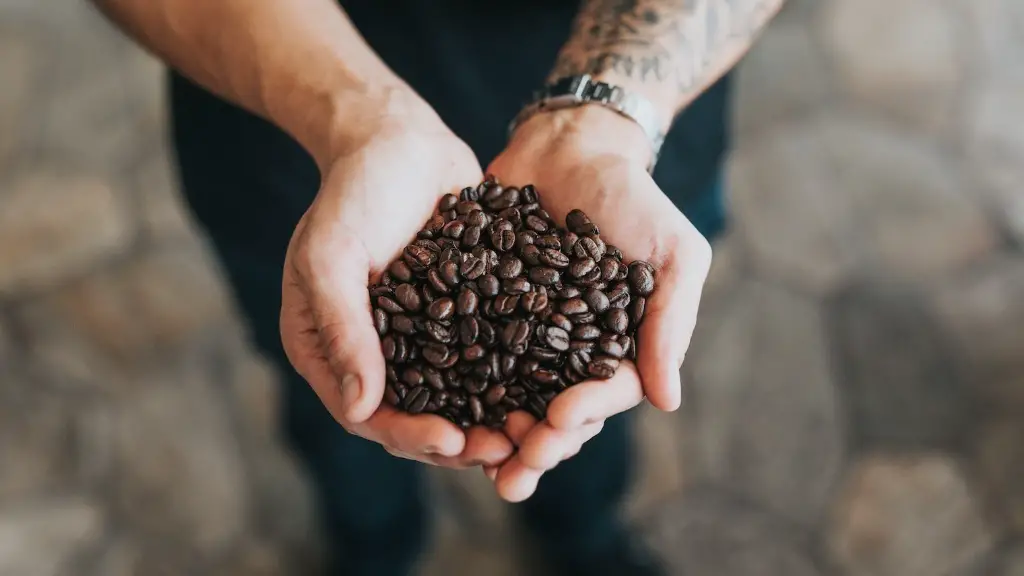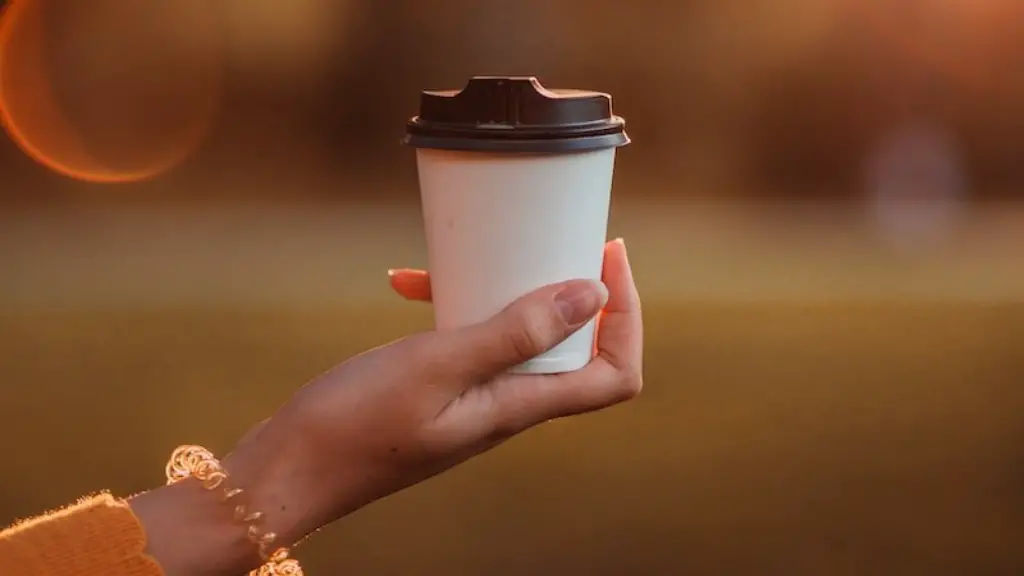Many people try to increase their alertness and energy by drinking both coffee and energy drinks, but they may not be aware of the differences in the amounts caffeine contained in each one. Caffeine is the main active ingredient in coffee and energy drinks, so in this article we’ll look at how much more caffeine is in energy drinks than coffee.
According to the Food and Drug Administration, the legal maximum amount of caffeine in any beverage is .02% (1). However, not every energy drink adheres to this restriction. Typical energy drinks range from 50 to 200 milligrams of caffeine per 12-ounce can (2). In comparison, a typical cup of coffee contains 80 to 115 milligrams of caffeine (3).
This means that energy drinks contain significantly more caffeine than coffee. To put this into perspective, the Mayo Clinic recommends that adults get no more than 400 milligrams of caffeine per day, which equals about four cups of coffee (4). However, this is already surpassed with some energy drinks, with a single can containing more than half of the recommended amount of caffeine.
Caffeine can cause negative health effects when consumed in excess, such as insomnia, restlessness, and even heart palpitations (5). It is thus important to be aware of how much caffeine one is consuming. Knowing that energy drinks contain significantly more caffeine than coffee helps people make better informed choices.
Many experts agree that energy drinks posed a greater health risk than coffee because of the higher caffeine content (6). For example, Dr. Christopher Lucas of the NYU Langone Comprehensive Epilepsy Center states that “The effects of high doses of caffeine can become much more serious than that, including seizures and sudden death in individuals who are particularly sensitive to the stimulant” (7).
Types of Coffee
Coffee is a brewed drink prepared from roasted coffee beans, which are the seeds of berries from the Coffea plant. The two most common types of coffee are Arabica and Robusta (8). Arabica beans contain less caffeine than their counterpart, Robusta beans, and have a milder, sweeter flavor. Arabica beans are typically used for espresso and brewed coffee. On the other hand, Robusta beans are cheaper and contain more caffeine, making them a popular choice for instant coffee. This means that when choosing a cup of coffee, one must consider the type of bean in order to estimate the amount of caffeine they will be consuming.
Types of Energy Drinks
Energy drinks come in a variety of forms, including pre-mixed beverages, shots, and powder. Each type of energy drink contains its own unique ingredients, as well as caffeine. For example, caffeine content in pre-mixed energy drinks can range anywhere from 50 to 250 milligrams per can, while energy shots usually contain 80 to 200 milligrams (9). Powdered energy drinks usually contain lower amounts of caffeine, as low as 10 milligrams per serving.
Alternatives to Coffee and Energy Drinks
There are many alternatives to energy drinks and coffee that provide energy without the high levels of caffeine. Natural options such as yerba mate, green tea, and guarana provide a healthier source of energy to help boost alertness and focus (10). Additionally, many companies make low-caffeine energy drinks that contain less than 40 milligrams of caffeine per can.
Caffeine Tolerance
It is important to note that everyone’s caffeine tolerance is different. Some people may be able to consume large amounts of caffeine without experiencing any negative side effects. Others may experience jitters, insomnia, and chronic fatigue even with just a single can of energy drink. It is thus important to be aware of your personal caffeine tolerance so that you can make the best decisions for your own health and wellbeing.
Overall Caffeine Sentiments
Overall, we have seen that energy drinks contain significantly more caffeine than coffee, making it important to be aware of how much caffeine one is consuming. Furthermore, it is important to remember that everyone’s caffeine tolerance is different and to make decisions about one’s caffeine intake accordingly. All in all, understanding the different amounts of caffeine in coffee and energy drinks helps ensure that one’s energy levels remain healthy and balanced.

